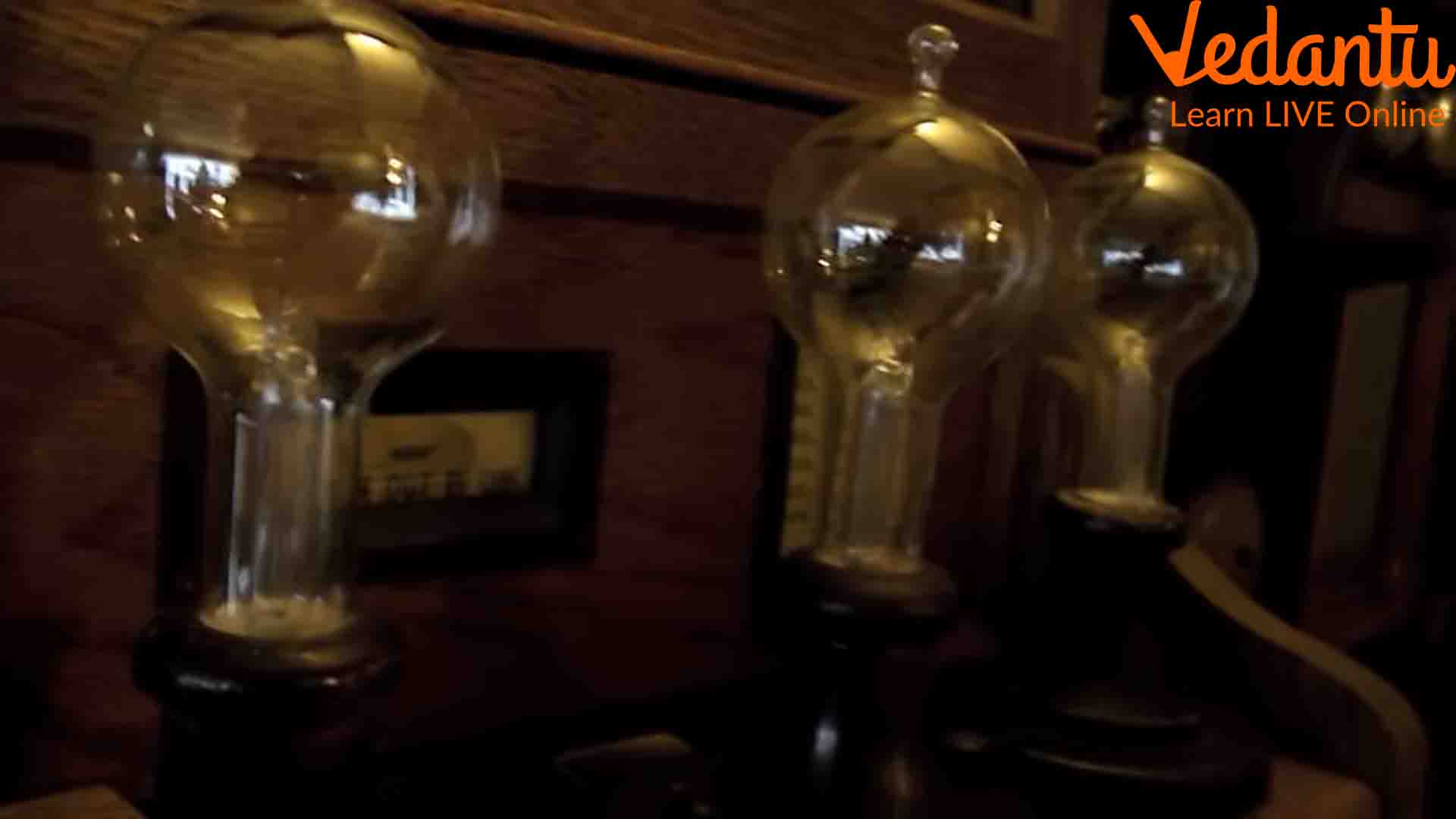The History of the Evolution of Light
Without lights, our lives would have been darker. We would not have enjoyed the illuminated nighttime outside the way we are doing today. It means that our days would have been limited till the sun was up in the sky. Well, everything changed when we invented a way to illuminate the interior of our houses. This is where the story of the evolution of light began.
Legends say that a majority of the remarkable work has been done when the sun sets and it is calm outside. The invention of light to illuminate a house has developed the foundation of using the time after the sunset properly. We can do so many things these days with proper illumination inside our house.
The Use of Natural Source of Light
It is obvious that the first source of light will surely be natural. Men learnt to light a fire 1.7 million years ago. Well, the prehistoric evidence suggests men used fire for various purposes. It is a form of energy that needs proper control or it can be devastating. Hence, the most important part of using natural light is control over the sources.
The use of natural light during the daytime began when primitive houses started to have windows. It lets natural light enter the premises and keeps them lit. Later, primitive oil lamps were discovered in the caves dating back to 70,000 BC. It was the first evidence that humans had learnt how to control fire and used it as an illumination technique. As time passed, lightning technology developed, getting a more sustainable shape.
The Evolution of Modern Light
The oil lamps used in the primitive houses built by civilised humans had a transformation. They used animal fat and moss to make the lamps burn longer. Eventually, the moss was replaced by something that burns longer. We call it a wick. It was made using tallow or beeswax.
Eventually, more significant inventions were made and candles are one of them. It dates back to 500 BC when Romans used candles. According to historical anecdotes, candles were used by the Romans for illuminating the interior of houses and palaces. The earlier designs comprised a container of inflammable material and a wick. The dipped candles first made contain animal fat.
Progressing further to the modern era, the invention of electricity was a game changer. Before that, gas lamps were used to illuminate the streets and homes. In 1879, Thomas Alva Edison developed a working design of an electric bulb. He was not the inventor of the electric bulb but his model was much more significant.
Let us find out how the first lighting using electricity evolved with a series of inventions.
1780: Lavoisier’s Discovery of Oxygen
Lavoisier discovered oxygen and changed the course of chemistry. He theorised combustion. It resulted in more experiments.
1784: Argand’s Lamp
The history of light took a turn when Ami Argand developed the first lamp with a hollow and circular wick in 1780. This invention was much better than the lamps used in the contemporary era. Later on, his design was used to develop coal gas lamps in 1784.
1792: First Gas Light
William Murdoch was the one to patent gas lights in 1792. He used coal gas to design such lights to illuminate his house. His invention led to the foundation of street lights that illuminated the roads of Europe and the United States.
As time passed, coal gas was replaced by better inflammable gases such as acetylene, methane, butane, hydrogen, propane, and natural gas.
1815: Davy’s Lamp
In the history of light, Sir Humphry Davy was the one to design an electric arc lamp in 1815. He used a charcoal strip connected to two wires. A battery was connected to pass electricity to produce white light, sufficient enough to illuminate the houses and streets.
The 1870s: Edison’s Electric Bulb
Sir Joseph Swan and Thomas Alva Edison jointly formulated the invention of the efficient electric bulb that eradicated the problems of carbon filaments in the 1870s. In 1879, Edison was the one to find a more durable electric bulb that could be manufactured on a large scale.

The Edison’s Bulb That Changed History
The 1910s: High-intensity Lamps
George Claude invented neon lights, a breed of high-intensity lights in 1911 by using neon, a noble gas. This was a huge invention considered in lighting technology.
1927: Fluorescent Lights
Friedrich Meyer, Edmund Germer, and Hans Spanner invented fluorescent lamps using mercury vapour. It was a different source of light where mercury vapour is illuminated using electricity in a sealed glass tube.
The 1960s: Light Emitting Diodes (LEDs)
The evolution of the light bulb took a new turn when LED was invented. These types of lighting system did not use any sealed glass tube and consumed very less electrical energy.
The Modern Lighting System
The advent of compact fluorescent lamps (CFLs) revolutionised the lighting system in domestic and commercial premises. They last 10 times longer than conventional electric bulbs.
These days, we find electric lighting systems made of LEDs that can be controlled remotely. With the addition of sensors, they can be connected to a voice activation system too. In fact, motion sensors invented by Samuel Bango also enabled the formation of smart lighting systems.
The Importance of Light in Our Life
Life without light is a dark abyss. We cannot even do the simplest things in the darkness. As we developed various habits, we needed a proficient lighting system. The inventions mentioned above paved the path for the development of such illumination setups.
The prime aim of a modern lighting system is to conserve energy. We have highly efficient lighting systems that are extremely flexible in terms of installation and use. Think about what is waiting for us in the future of lights.







